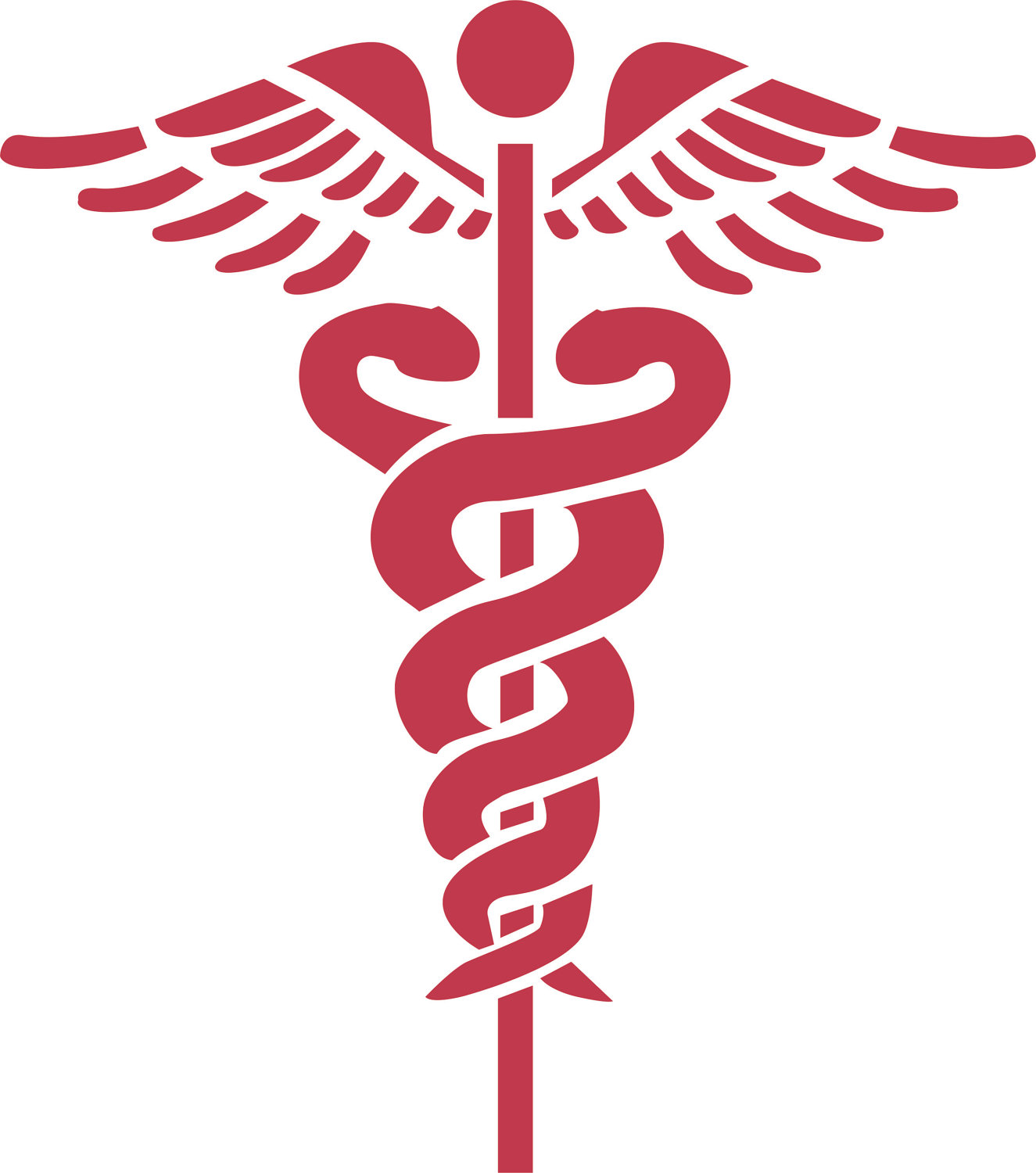The Lipid-Associated Sialic Acid (LASA) test is a specific blood marker that can allow the clinician and patient to gain invaluable knowledge in assessing overall states of health, specifically related to cancer cell presence or absence. The addition of this test on our male and female cancer panels have made huge strides in the ability to find the presence of leukemia and lymphoma.
When one reads the table included later in this article it will be easy to see that when testing leukemia patients 90% of them had elevated LASA tests and for Hodgkin’s lymphoma patients, 94% of those tested showed an elevated level too. This emerging test fills in a gaping hole where clinicians formerly had no laboratory options for assessing the potential for development, existence and monitor treatment efficacy of blood cancers.
Just like with many of the other tumor markers that we regularly check on patients, the numbers don’t serve as the be-all-end-all value but rather as a scoreboard to use when establishing a BASELINE level so that continual comparisons can be made. The need for full blood analysis also remains an integral part of the overall process in that certain specific cancers tend to elevate Ferritin, Alkaline Phosphatase, GGT or even C-Reactive protein levels.
These values have served useful in much the same way that the medical community uses repeat CT scan or PET scan results to deliver news on how much progression or regression each patient has undergone in their battle.
Sialic Acid is an important component of the glycoproteins; protein with a sugar attached. Glycolipids are fat molecules with a sugar attached that compose the cellular membranes. Sialic Acid mediates cell-cell interactions such as substance recognition (electrolyte exchange, nutrient trading, etc.), antigenicity (immune response) and adhesion and is involved in hormone action, nutrient transport activity and nerve signal conduction.
Sialic Acid containing glycoproteins and glycolipids are significantly altered during neoplastic (CANCER) transformation and are released by malignant cells into the blood. This is why the Sialic Acid blood assessment or LASA, is crucial to know and understand in relationship to disease progression.
LASA, or Lipid-Associated Sialic Acid test is highly useful in many situations. For example, elevated serum levels have been observed in carcinomas of the breast, colon, gynecologic region, gastro-enteric, lung, melanoma, leukemia, lymphoma, Hodgkin’s disease and others. Levels are also frequently elevated in benign, inflammatory and chronic disease.
The table summarizes the variable sensitivity and specificity:
|
||||||||||||||||||||||||||||||||||||||||||||||||||||||||||||||||||||||||
**This chart courtesy of Quest Diagnostics
In conclusion, LASA can be useful for monitoring cancer patients during treatment, especially in combination with other tumor markers5. These blood tests are not a definitive diagnosis for any type of cancer, however, when out of range always indicate pathology. If we test properly and apply nutritional protocols to improve those test results and thus the health of the body, the body knows how to heal itself. There was a time when you did not have the cancer (or other disease or symptom). What’s changed? This is why testing with a qualified nutritional physician is so important because until one knows where they stand it will be nearly impossible to do all the right things to expect optimal changes. Without testing, how do you know if what you’re doing is working? Set up an appointment today to see if there are areas you can work to improve the health of your body and thus prevent disease.

